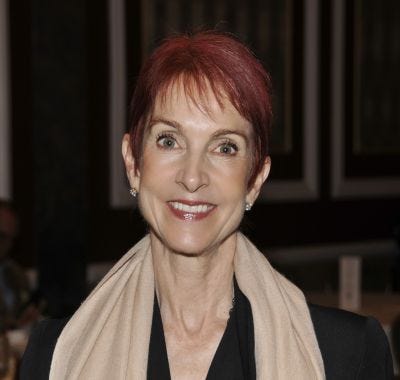Pleno Takes Another Step 'Beyond PCR' with VC Funding
The San Diego, CA-based company has raised $40 million in a series A round to continue the development of its Hypercoding Instrument Platform.

Karen Young
Pleno, a multi-omic instrument platform company, said it has closed a $40 million series A round, which will allow it to continue the development of technology designed for biological target detection for clinical testing and biomedical research.
The San Diego-based company’s financing was led by Deerfield Management Company, with additional participation by Foresite Capital.
Deerfield Management Partner, Andrew ElBardissi, MD, described Pleno’s technology in a news release as “a versatile platform at the intersection of technology and life sciences,” and noting that this development-stage technology “has the potential to disrupt existing sequencing and multi-omic approaches that are critical for drug development and clinical diagnostics.”
Pleno’s technology, branded as Hypercoding, relies on “signal processing techniques adapted from the telecommunications industry to deliver ultra-high plexity targeted biological information – including DNA, RNA, methylation and proteomic content – at high-throughput increased precision and performance.
Pleno’s Hypercoding instrument platform is called Raptor and is expected to be available for customer access in 2023, with full availability in 2024, according to a news release.
The company noted in a release that the Raptor technology is expected to deliver “ultra-high target multiplexing combined with high dynamic range and very low limit of detection, while still being able to process anywhere from 8 to 384 samples per run.
Instrument run times are expected to range from one to three hours, depending on the level of target multiplexing.
Pleno Founder and CEO Pieter van Rooyen told MDDI that Hypercoding “is not just a fancy name for something that already exists.”
Gavin Stone, who also spoke with MDDI, is Pleno’s vice president of product development, and brings telecommunications expertise to the company. The total market potential for the technology is $250 billion, according to the company.
“Essentially, what we are doing is taking code from telecommunications and implementing an additional coding scheme on top of DNA,” said Van Rooyen, adding, “It’s definitely unique, and what we’re basically doing is using these codes to multiplex.”
Pleno’s Van Rooyen uses the example of many people talking on their mobile phones at one time, while millions of others are talking on their mobile phones.
“The reason they can do that is because each one has a unique code that can transmit a unique signal, and when it gets to the base station, they can tell which one it is and sort of detangle all the different users,” according to Van Rooyen, “so that you can have many people speaking at the same way, we are multiplexing molecular markers, so we can convert the molecular targets to convert – we assign a probe to each one of those targets that we are trying to convert, because we have these telecom-inspired probes, we can separate each one of those targets and then get multiplexing capability.”
Another example of how the technology would work would be if one wanted to develop a test for the Coronavirus or flu or cold, one would assign a test for every one of the number of variants of the Coronavirus, flu and cold, by putting them together with PCR technology and then you can look to see if they’re together in the sample or not, Van Rooyen said.
“Genotyping and sequencing have enhanced our understanding of the molecular drivers of disease and its response to treatment, particularly in oncology. Yet the cost and increasing complexity of these centralized measurements causes health care disparities,” said Dr. Vik Bajaj, managing director at Foresite Capital, in a news release. “The impressive work that Pieter and his team at Pleno are doing will potentially reduce costs and broaden access to these critical technologies for patients worldwide.”
The $40 million raised in its series A will be used to continue the development of the technology concept, said Van Rooyen, which will continue for about 18 months to two years. At that point, the company will seek additional financing for commercialization of the technology, Van Rooyen said.
The company now has 24 employees, with plans to grow that number in the next two years, according to a news release on the financing.
About the Author(s)
You May Also Like



.png?width=300&auto=webp&quality=80&disable=upscale)
